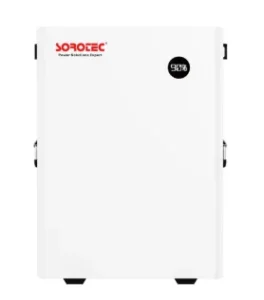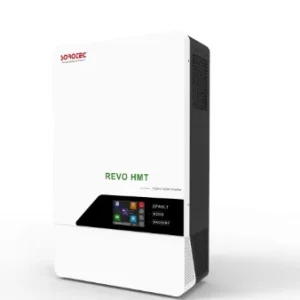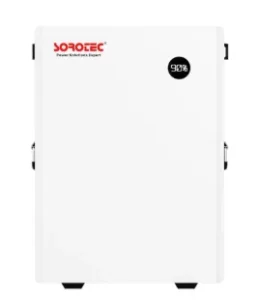Solar power has become a familiar way for homes and companies to cut electricity costs. But anyone who already installed panels often shares the same worry. What happens at night or when the grid suddenly shuts down? In those moments, solar panels alone don’t help much. Adding batteries to the system changes this story. With storage, the whole setup feels steadier and more dependable. It’s not only a technical upgrade. It is also a step toward comfort and confidence in daily energy use.
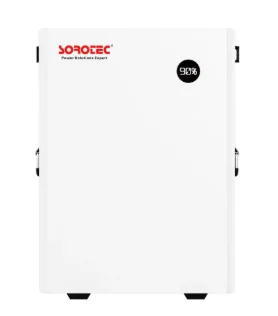
Why Is Energy Reliability Important for Solar Users
Growing Demand for Stable Power Supply
Modern life runs on a steady flow of electricity. Phones, lights, and fridges stop right away when the power cuts. In many regions where blackouts happen often, people see that solar panels alone are not enough. They can only work while the sun is up. Once the evening comes, users depend on the utility grid again.
Impact of Power Outages on Daily Life
Imagine a hospital in a town where outages roll through every week. Doctors and machines cannot simply wait. Or picture a family during a hot summer night when the AC shuts off. It is more than an inconvenience. It directly affects comfort and safety. Solar panels without a storage system leave homes and workplaces exposed in those hours.
Role of Energy Storage in Ensuring Continuity
A battery works like a safety net. It saves extra power during the day. Then, when the grid cuts out, the stored energy is ready. Switching is fast. In some systems, including those from SOROTEC, the change happens in less than 10 milliseconds. For most people, that is so quick they hardly notice it.
How Do Solar Panels Work with Battery Storage
Conversion of Solar Energy into Usable Power
Solar panels catch sunlight and turn it into direct current (DC). The inverter changes that into alternating current (AC). This is the type used by most devices in daily life.
Storage of Excess Electricity for Later Use
Without batteries, extra energy usually flows back to the grid. With storage, that extra power is saved at the site. For example, in the afternoon when no one is home, panels keep charging the battery. In the evening, that stored energy is ready for cooking, lights, or entertainment.
Backup Power Supply during Grid Failures
When the whole neighborhood goes dark, a battery setup takes over right away. The system continues to power basic needs—lights, Wi-Fi, or machines in a workshop. Families keep living normally, and factories keep production running.
What Are the Benefits of Pairing Solar Panels with Batteries
Higher Energy Independence and Self Consumption
The more you use your own solar electricity, the less you need from the power company. People often say this feels freeing. For businesses, it means they can keep working even if the grid has problems.
Cost Savings through Peak and Valley Shifting
In many places, the price of power is not the same all day. It is higher at night and lower at midday. Batteries charge when it is cheap or free from solar, then discharge when the cost is high. Over time, this habit cuts the bill by quite a bit.
Reduced Carbon Footprint and Sustainability
Every unit of electricity used from a battery is one less taken from a coal or gas plant. For firms under pressure to show green actions, this matters. It is not only a slogan—it is proof of a smaller carbon impact.
Which SOROTEC Battery Solutions Enhance Reliability
SL 24V/48V T/W for Residential and Small Commercial Use
This series is built for family houses and small offices. It is compact, light in weight, and fits easily in limited areas. With a wide working temperature range and long life cycle, it suits hot southern climates as well as cold northern ones.
SL RH/S EU for Large Scale and Industrial Applications
Large buildings and factories often need far more backup. The SL-RH/S/EU series offers flexible capacity, starting at 153.6V/50Ah and reaching up to 614.4V/100Ah. That range allows customers to build systems that match their exact energy needs. It also comes with a battery management system to keep everything safe under heavy load.
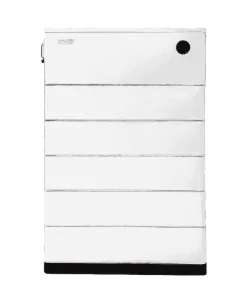
Advanced Battery Management System for Safety and Efficiency
Both series include intelligent BMS features. They protect against short circuits, over-charging, or wrong connections. Real installations face these risks more often than people think. BMS reduces the chance of system failure and keeps investments safe.
How Do SOROTEC Batteries Compare to Other Options
Longer Cycle Life and Wider Temperature Range
Typical lead-acid batteries lose strength after a few hundred cycles. SOROTEC lithium models usually last for thousands. That difference means fewer replacements and lower costs in the long run.
Flexible Configurations for Different System Sizes
Not every user needs the same setup. Some just want to keep the lights on during an outage. Others want to back up a full warehouse. SOROTEC modules allow both without overspending.
Proven Stability in Harsh and Demanding Conditions
Lab results look good, but real weather is tougher. Dust, heat, and humidity can quickly damage poor products. SOROTEC systems are already running in Asia, Africa, and Europe. Their performance in those harsh areas shows reliability better than any brochure.
What Should Homeowners and Businesses Consider before Choosing
Energy Demand Assessment and System Sizing
It helps to count your load before buying. Guessing wrong can be costly. Too small, and you run out of power. Too big, and you pay for capacity you never use.
Installation Space and Technical Compatibility
Batteries are bigger than most people expect. They need space on the wall or floor. They also need airflow. Another key point: the battery voltage must match the inverter. Skipping this check can cause delays in projects.
Budget, Incentives, and Long Term Payback
A family might spend a few thousand dollars on a unit. A factory may spend hundreds of thousands. Governments in countries like the US, UK, and Australia give rebates or credits that make the payback shorter. Checking these local offers is always smart before deciding.
Is Solar with Battery Storage the Future of Reliable Energy
Rising Global Adoption and Policy Support
Nations from India to the UK are pushing solar use. In some regions, new homes must have panels on the roof. Storage naturally follows as the next step.
Continuous Decline in Battery Costs
Reports show lithium battery costs have dropped nearly 90% since 2010. As prices keep falling, more households and small firms can afford storage.
Expanding Applications across Residential and Industrial Sectors
Remote islands, rural clinics, and even urban data centers all face risks from unstable grids. Solar with batteries offers a reliable option. In today’s world, steady energy is not just nice to have—it is required.
FAQs
Q1. How long do SOROTEC batteries usually last?
A: Most lithium batteries from SOROTEC are built for thousands of cycles. In normal use, that often means 8 to 10 years of service.
Q2. Can I add SOROTEC batteries to my existing solar system?
A: Yes, as long as the inverter matches. Many systems are built to connect with both new and older solar setups.
Q3. Are there government incentives for installing solar with batteries?
A: Yes, in many places. The US has tax credits. The UK and Australia have grants or rebates. Always check your local programs before purchase.


